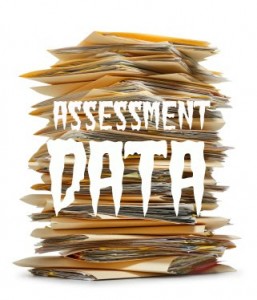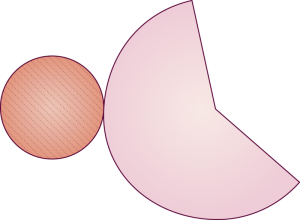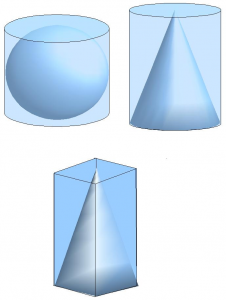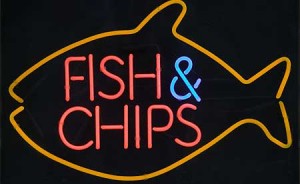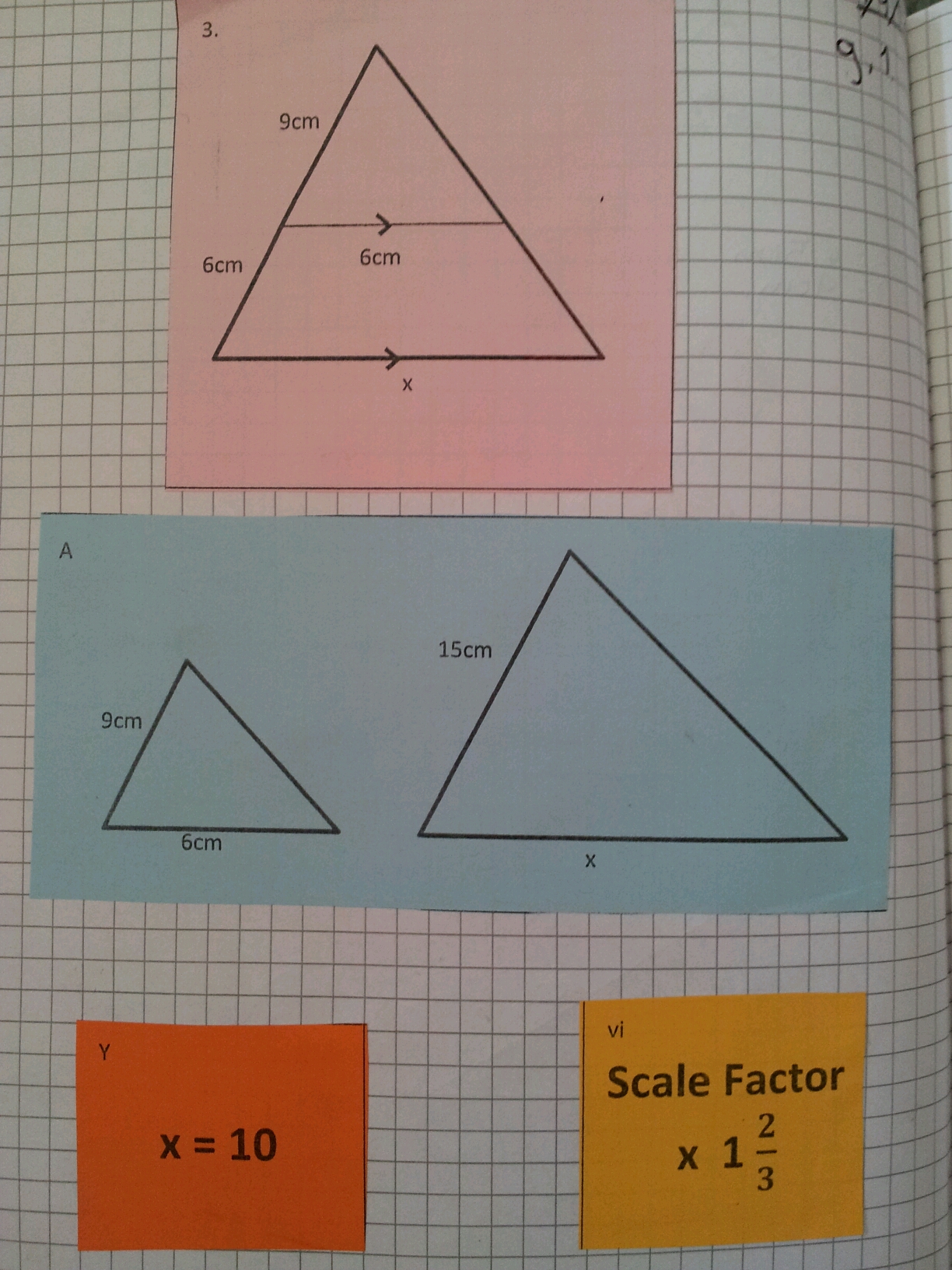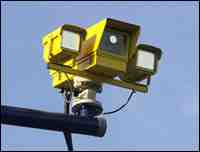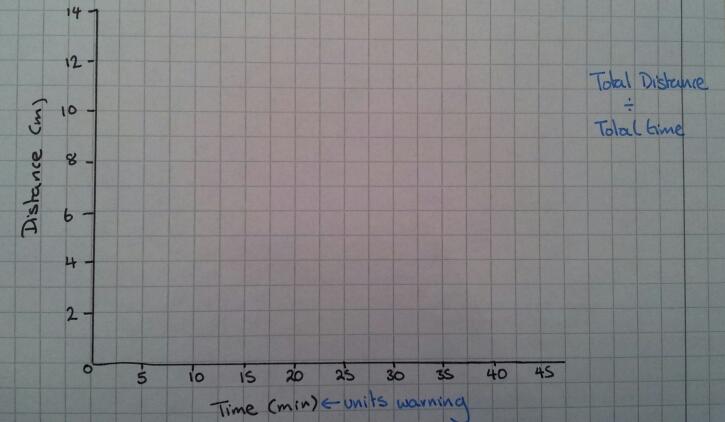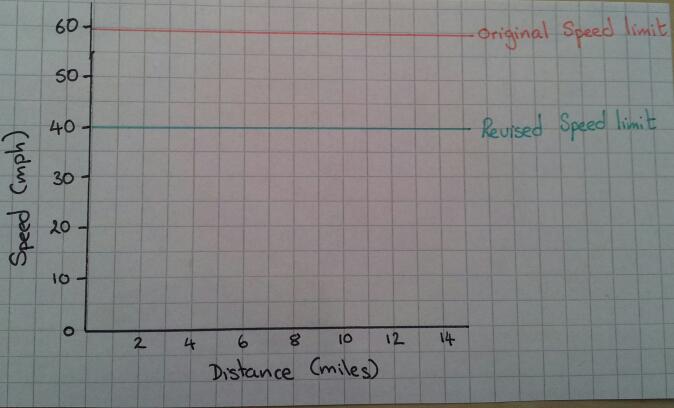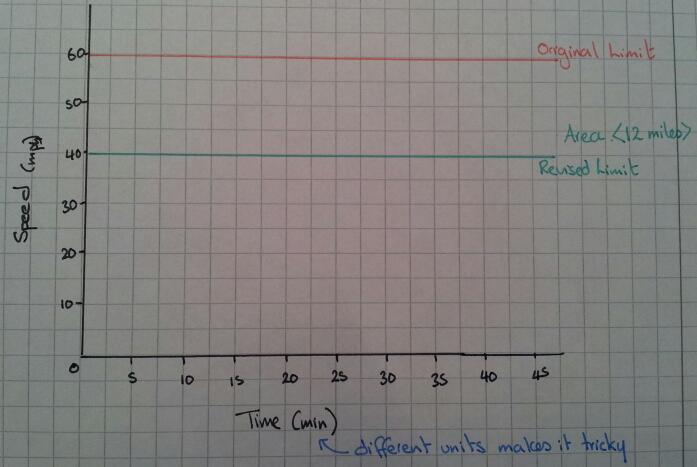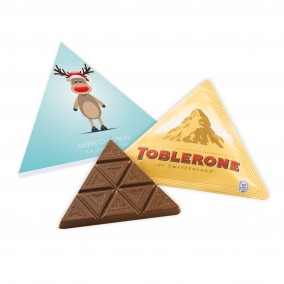If you are reading this blog there is a high probability that you are a maths teacher – it is a maths education blog after all. That means data shouldn’t be scary … should it?
Image credit: http://mrcbaker.blogspot.co.uk/2013/08/data-doesnt-have-to-be-scary-how-you.html (This website is worth a look!)
In a world of performance tracking and data analysis, seeing the trends in class data should be easy. However busy lives and hectic timetables mean we often don’t get the time to step back and reflect on our classes.
I decided to pull together the summary data for each of my classes onto one page. I can see a profile of current and target grades (FFTD*), gender, SEN and Ever6** information in one table. The actual act of completing the table made me take a closer look at the abilities and issues within the class. I realise not everyone uses these data measures so the files are in .doc and .docx form. Since the data is summarised it remains relatively anonymous, making it a good discussion document for trainee teachers or CPD.
You can download a customisable form here:
Summary Data for class KS3 (doc)
Summary Data for class KS3 (docx)
Summary Data for class KS4 (doc)
Summary Data for class KS4 (docx)
Summary Data for class KS4 sample (doc)
Summary Data for class KS4 sample (docx)
*FFTD means Fischer Family Trust Data
**Ever6 is a UK measure related to eligibility for Pupil Premium funding (simplified description).

